Given the holiday season, this is a somewhat shorter recap. Highlights: Inkscape gets fallback for SVG2 features, GIMP team merges smart colorization for the next stable release, Manuel Bastioni Lab add-on for Blender gets a community fork, Shotcut and Olive video editors get respective updates.
Graphics
New smart colorization feature in GIMP, aimed at cartoonists and illustrators, is now part of upcoming GIMP 2.10.10, currently expected early next year. This is a new option of the Bucket Fill tool, developed by Jehan Pagès based on the original algorithm by David Tschumperlé for G’MIC. The idea is to be able to fill areas that are not completely closed.
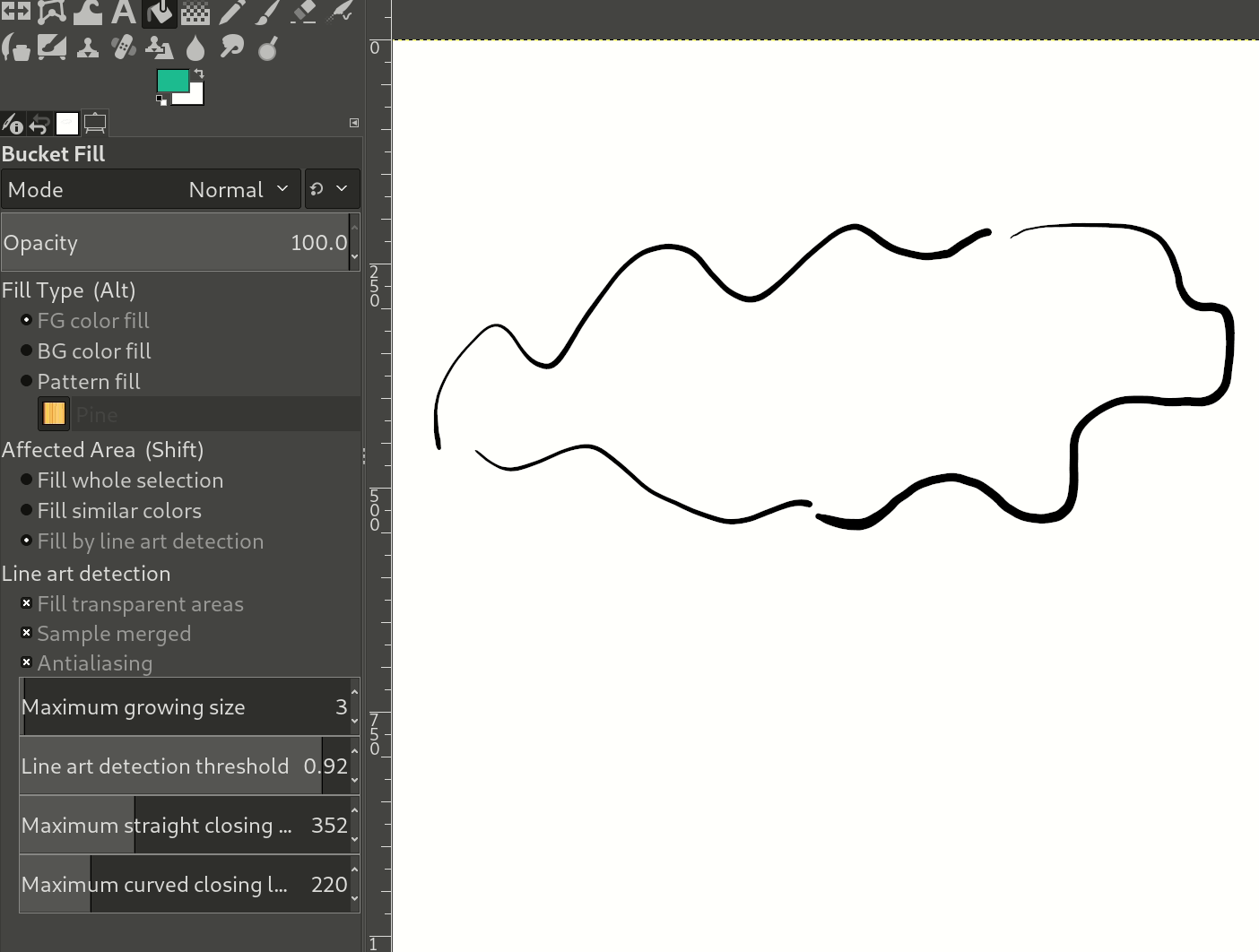
Kevin Stoffler contributed a patch that works around the design decision of GTK+ developers regarding drop-down lists. Instead of always showing the currently selected item of a drop-down list under the cursor (at the cost of showing a lot of blank space above), GIMP now renders the whole list in a much nicer way (while losing the item selection). The patch was applied to both unit selection and blend mode selection. Smaller UX changes involve things like keeping aspect by default when scaling with the Unified Transform tool.
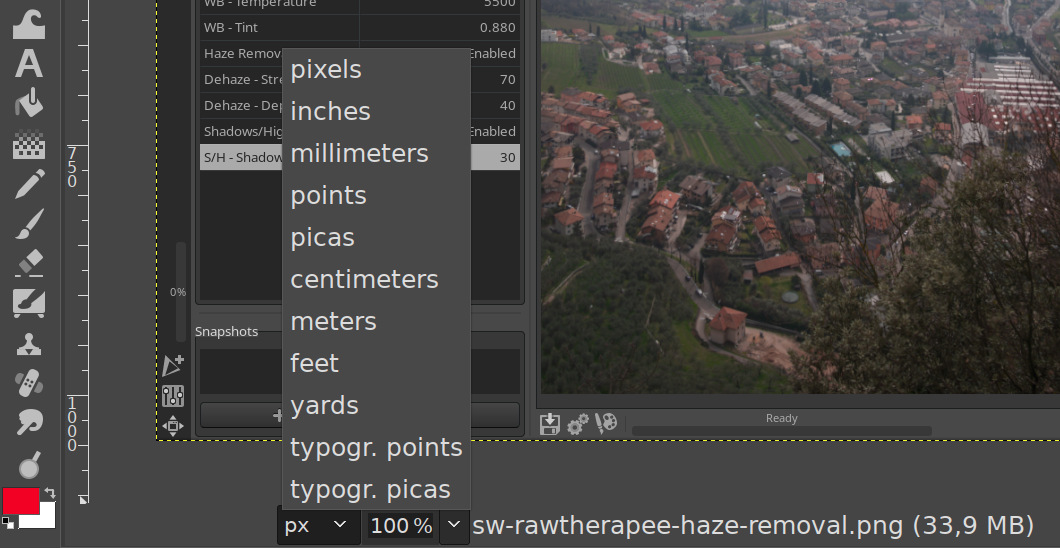
Most of the work on Krita this past week was bugfixing and fixes in the HDR support code (a separate development branch for now). On top of that, Eoin O’Neill simplified changing the background color in newly created documents by making it possible to create the background layer as a fill layer from the ground up. This is a new option in the New Document dialog on the Content tab.
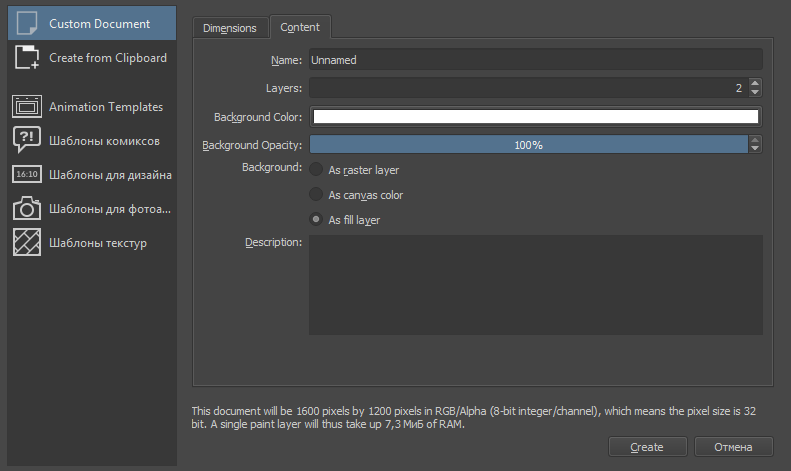
Kenneth Evans published KritaBrushInfo, a C# application for Windows that reads Krita brush configurations and displays them in a readable form. For more infor, see the project’s page.
Inkscape is GTK3-based in the development branch, so it’s possible to add some features specific to touch screen displays. Thomas Holder did just that: he implemented pinch zoom gesture support.
Most important changes, however, are coming from Tavmjong Bah who landed his SVG 2 fallback code that makes SVG2 feature supported in browsers that only understand SVG 1.1. These features are related to markers (there is infamously no color auto-update in 1.1), auto-wrapped text (will be broken into pieces for SVG 1.1), mesh gradients (will use polyfill javascript code). For details, see Tav’s post on Patreon.
Raph Levien published new prototype code based on his earlier Spiro splines work (currently used in Inkscape and FontForge and available in GIMP’s GEGL library). The new spline solver is more robust, as in not using every opportunity to make crazy abstract art patterns, and it makes a lot more smoother transitions from smooth to curved sections. Raph says the inspiration comes from κ-Curves by Zhipei Yan et al., currently used in Adobe Illustrator’s Curvature tool. You can find out more in his detailed post on this new project.
Photography
RawTherapee 5.5 was released with heaps and heaps of new features and improvements: New Shadows/Highlights, Haze Removal, and Soft Light tools, contrast threshold mask that divides an image into areas of high and low detail and is available for sharpening and microcontrast tools, new color toning methods, and a lot more. See the release announcement for the complete list of changes.
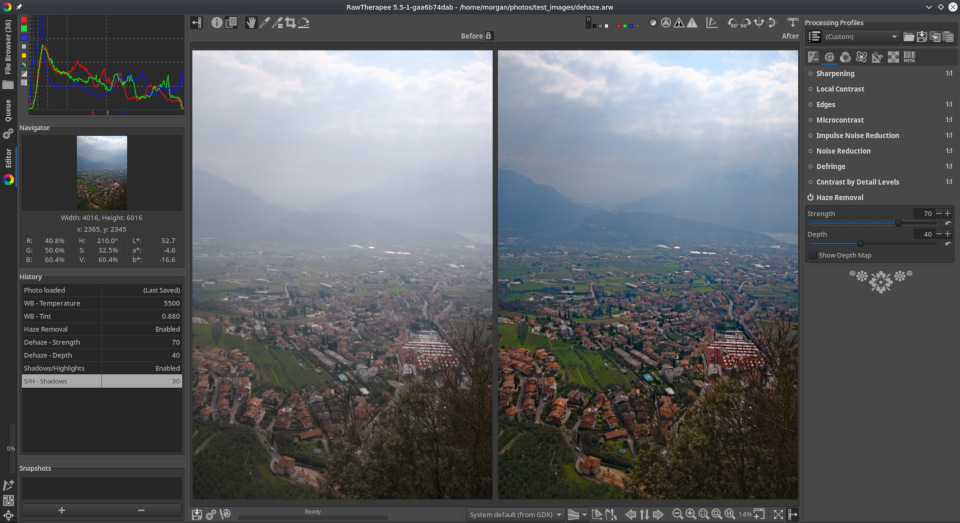
Meanwhile, the darktable team is finalizing version 2.6 and is likely to make the release on Christmas Eve. The list of changes is shaping up to be no less impressive than that of RawTherapee.
3D
All main Blender 2.80 development is now happening in the ‘master’ git branch. This is another milestone towards the final 2.80 release, although there’s still so much to do.
MB-Lab (a community fork of Manuel Bastioni Lab) got yet another release. The new version introduced a shading network based on Principled BSDF for skin, eyes, and teeth. Skin editor has been updated accordingly.
Jacques Lucke released test builds of his Animation Nodes 2.1 add-on for Blender 2.80, and Gottfried Hofmann shot a video explaining how to install the add-on and make a quick animation project.
Video
Dan Dennedy released Shotcut 18.12 with newly added video histogram scope, new Levels video filter, three specialized masking filters instead of one old filter, other improvements and bugfixes. See release announcement for more details.
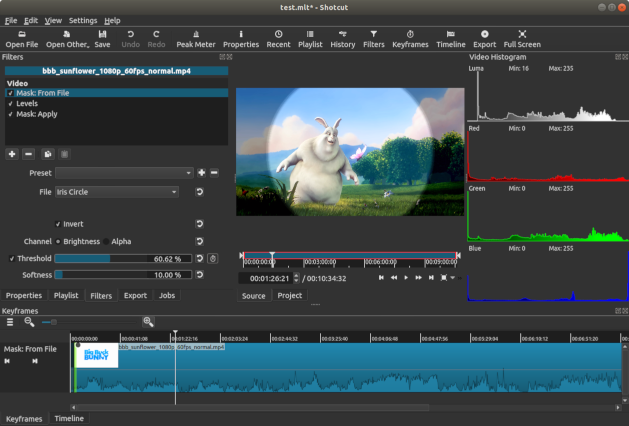
MattKC made another alpha release of Olive, new non-linear video editor we covered last week in a dedicated post. Changes from the first public release include (but are not limited to): faster exporting, zooming and scrolling in the viewer, fixes for Unicode filenames support, rendering blurs on Intel GPUs, and more.
As for Blender VSE, Richard Antalik, the new maintainer, is getting really busy. Last week, he fixed the FPS meter not showing in VSE and started going through patches submitted by Olly Funkster and Justin Moore in the past: font selection to VSE text strips, Ken Burns effect (panning and zooming), VSE playback rate control, and others. He also started collecting ideas for a new timeline manipulation API (reusing OpenTimelineIO is one of the ideas).
Meanwhile, Peter “tintwotin” Fog reworked the Razor tool.
Music-making
The VCV Rack team posted project news about future development plans. Essentially, they are stopping VCV Bridge development and refocusing on the VST version of VCV Rack, which will be paid-for software (ca. $99). It’s worth noting that we are talking about the VST2 version here, so Ardour users will be able to enjoy using the synth. Development might take another year.
VCV Rack will continue existing as free (BSD/LGPL) software, and the team doubled-down on an assumption that this will not be the case, by referring to the mission statement that boils down to this: no one should be excluded from learning a musical instrument, having a virtual eurorack synth instead of a hardware one removes a huge chunk of the price tag, free/open source model ultimately benefits both consumers and the Rack platform, so the team is committed to keeping it open but needs to raise funds to continue development, hence the paid version.
The Ardour team seems to have refocused on the master branch. They’ve been mostly doing further cleanup and fixing bugs, but there’s time for little new features. LV2 plug-ins’ presets can now have descriptions/comments, and Ardour now has a new LV2 option/extension. The extension allows plugins that need threads to process data to configure their thread priority to not interfere with the host’s process threads. Additionally, pitch-shifting quality was slightly increased.
Tutorials
Martin Klekner started a new series of Blender tutorials with one on making an ancient Greek lamp asset (texturing is done in Substance Painter though).
Pratik Solanki et al. wrote a ‘Behind the scenes’ post for Blendernation explaining some aspects of creating the ‘Hooka-pooka’ short animated movie.
New GIMP tutorial from Nick Saporito explaining how to wrap text around circle.
This is ‘Mountain village’, a new timelapse from grafikwork.
Open Source Bug explains using proxies in Shotcut.
Art and showcases
George Kim wrote a post for Blendernation introducing CEREBRUM, a sci-fi animated web series made with Blender, World Machine, and Adobe After Effects.
Rizky Djati Munggaran posted his wedding invitation made entirely with Inkscape.
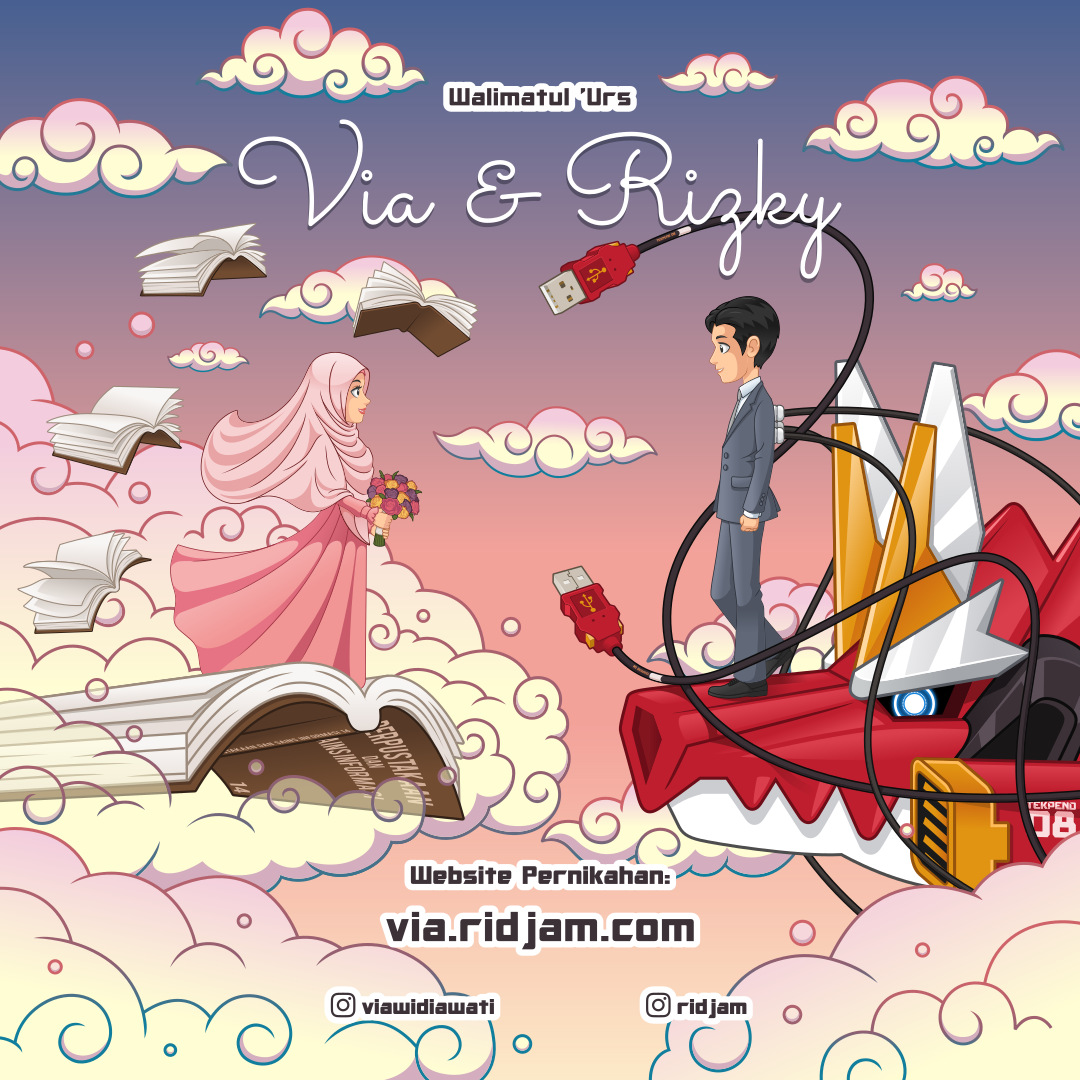
New animal-themed tarot card by Sylvia Ritter:
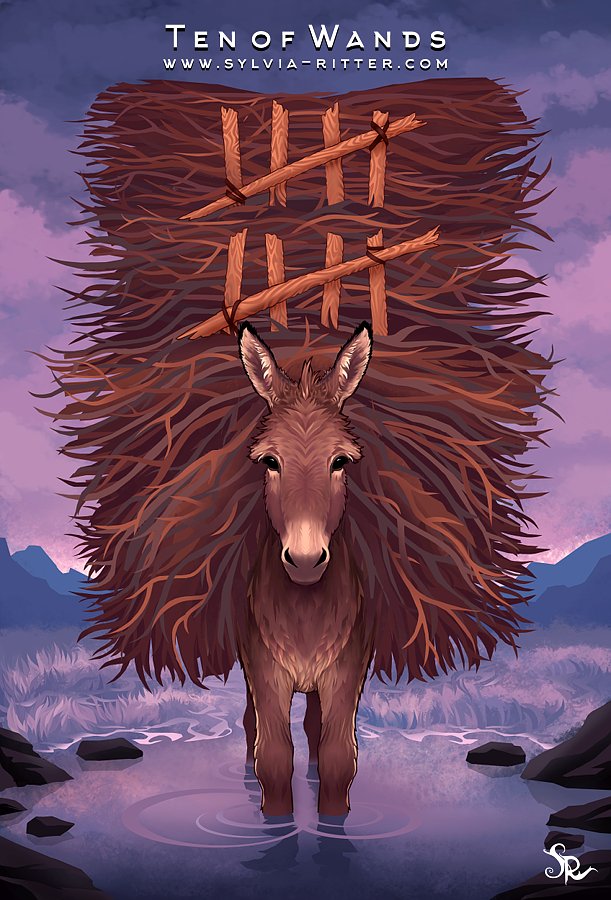
Rytelier, known is in the Krita community for his Shapesia brush pack (among other things), posted a new painting frorm his fantasy world building project.
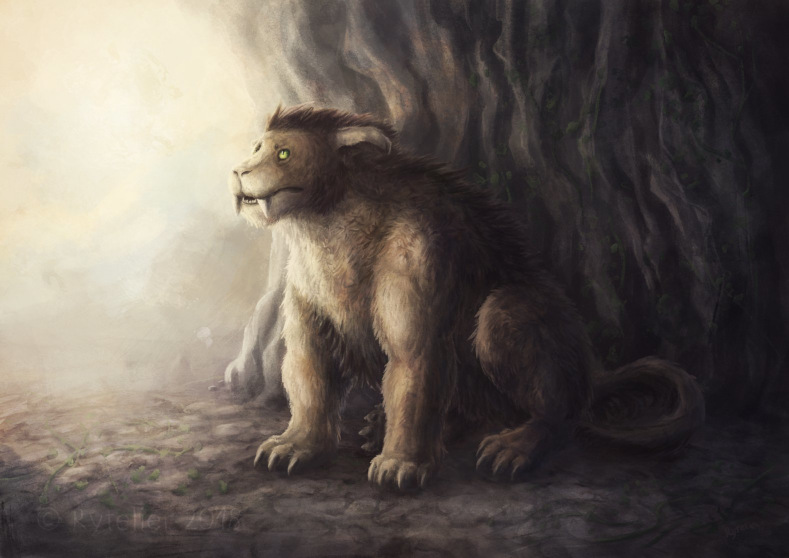
Assets
Developers of iA Writer released the iA Writer Duospace variable typeface under SIL OFL 1.1. The typeface is a modification of IBM Plex. See their detailed post for more info on design considerations.
Holiday warning
We are heading to winter holidays and will return to you in January.
Patreon subscribers get early access to my posts. If you are feeling generous, you can also make a one-time donation on BuyMeACoffee.
